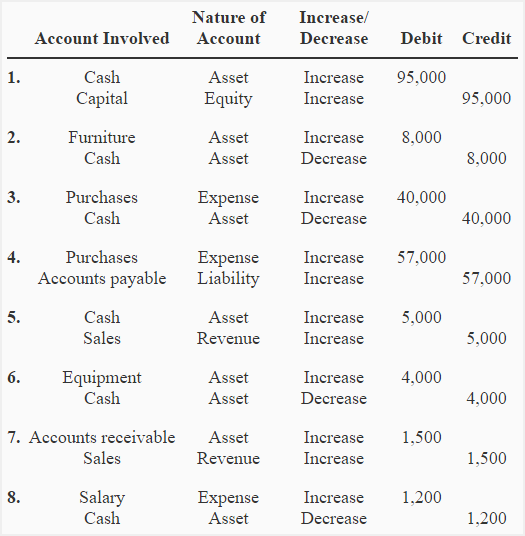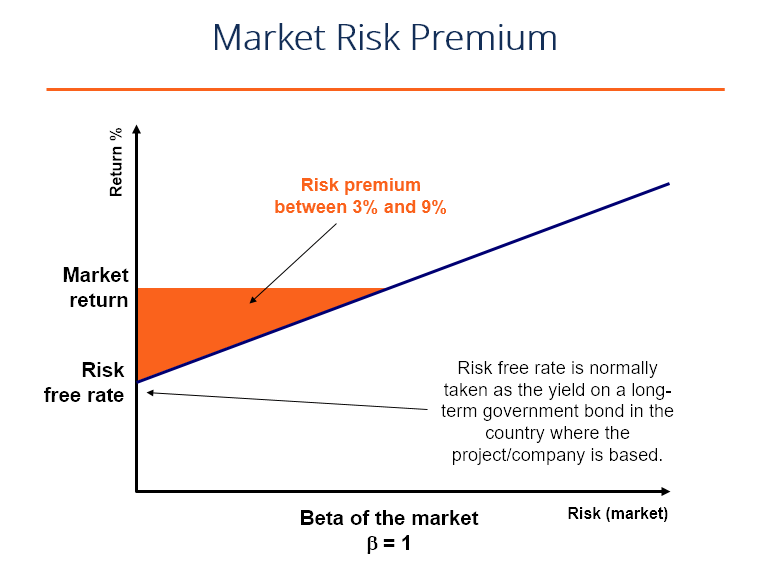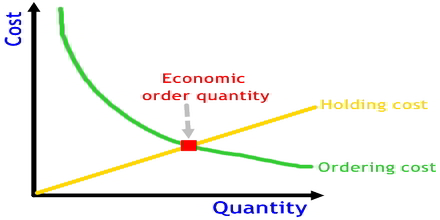
The higher the percentage, the more of each sales dollar that is available to pay fixed costs. To determine if the percentage is satisfactory, management would compare the result to previous periods, forecasted performance, contribution margin ratios of similar companies, or industry standards. If the company’s contribution margin ratio is higher than the basis for comparison, the result is favorable. Managers must monitor a company’s sales volume to track whether it is sufficient to cover, and hopefully exceed, fixed costs for a period, such as a month. Contribution margin is useful in determining how much of the dollar sales amount is available to apply toward paying fixed costs during the period. Cost Volume Profit (CVP) Analysis, also known as break-even analysis, is a financial planning tool that leaders use when determining short-term strategies for their business.
- The most common application of CVP by financial planning and analysis (FP&A) leaders is performing break-even analysis.
- The resource constraint can take many forms, such
as production throughput on a critical machine, freezer space, or skilled labor
hours in a particular function. - Similarly, the break-even point in dollars is the amount of sales the company must generate to cover all production costs (variable and fixed costs).
- Alternatively, if the selling price per unit increases from $25 to $30 per unit, both operating income and the contribution margin ratio increase as well.
- The break-even point (BEP), in units, is the number of products the company must sell to cover all production costs.
The contribution margin is the difference between total sales and total variable costs. For a business to be profitable, the contribution margin must exceed total fixed costs. The unit contribution margin is simply the remainder after the unit variable cost is subtracted from the unit sales price. The contribution margin ratio is determined by dividing the contribution margin by total sales.
Strengths, weaknesses and examples of Cost-Volume-Profit Analysis *
Chances are that you didn’t get into business just because you didn’t have anything better to do. However, unless you happen to find a shrub that grows dollar bills, you know the old adage that money doesn’t grow on trees. Instead, you have to spend money to make money, since raw materials have cost. And chances are, you’re not interested in just making one of something. The focus is typically on how changes in variables will alter profit. Some organizations, such as not-for-profit entities and governmental agencies, are not required to pay income taxes.
Whole Earth Brands Reports Second Quarter 2023 Results – GlobeNewswire
Whole Earth Brands Reports Second Quarter 2023 Results.
Posted: Wed, 09 Aug 2023 11:30:00 GMT [source]
The reliability of CVP lies in the assumptions it makes, including that the sales price and the fixed and variable cost per unit are constant. All units produced are assumed to be sold, and all fixed costs must be stable. Another assumption is all changes in expenses occur because of changes in activity level. Semi-variable expenses must be split between expense classifications using the high-low method, scatter plot, or statistical regression. There is obviously more involved than simply trying to determine the breakeven point.
#5 Degree of Operating Leverage (DOL)
In calculating the break-even point, we must assume the sales mix for the r and s models will remain consistent with historical sales, respectively, at all different sales levels. The sales mix is the proportion of one product’s sales to total sales. The break-even point in units is found by setting profit to zero using the profit equation. The break- even point in sales dollars is the total sales measured in dollars required to achieve zero profit.

As the number of units sold increases, so does operating income when fixed costs are within their relevant range and remain the same. This is shown in the following two income statements with sales of 1,200 and 1,400 units, respectively. On the X-axis is “the level of activity” (for instance the number of units).
Break-Even Point in Sales Dollars and the Weighted Average Contribution Margin Ratio
Fixed cost remains fixed at all levels of production in the short-run, but variable cost proportionately changes with the volume of output. The regular income statement follows the order of revenues minus cost of goods sold and gives gross margin, while revenues minus expenses lead to net income. A contribution margin income statement follows a similar concept but uses a different format by separating fixed and variable costs.
Running a CVP analysis involves using several equations for price, cost, and other variables, which it then plots out on an economic graph. Finally, if the selling price per unit remains at $25 and fixed costs remain the same, but unit variable cost increases from $10 to $15, total variable cost increases. As a result, the contribution margin and operating income amounts decrease.
CBA delivers improved financial outcomes through continued focus … – CommBank
CBA delivers improved financial outcomes through continued focus ….
Posted: Tue, 08 Aug 2023 22:03:01 GMT [source]
The contribution margin ratio for the company as a whole is the weighted average contribution margin ratio. Finding a target profit in sales dollars simply means that a company would like to know total sales measured in dollars required to achieve a certain profit. Once you’ve determined your breakeven point, you can use it to examine the effects of increasing or decreasing the role of fixed costs in your operating structure. The method of studying the relationship among these factors i.e., total cost, the volume of production, sales, and profit, is known as cost-volume-profit analysis. Subtracting variable costs from both costs and sales yields the simplified diagram and equation for profit and loss. In a real-world example, the founder of Domino’s Pizza, Tom Managhan in his book Pizza Tiger, faced an early problem involving poorly calculated CVP.
Cost Volume and Operating Income
Cost Volume Profit (CVP) Analysis is a technique used to determine the volume of activity or sales required for an organization to break even or make a profit. It looks at the relationship between costs, sales volume, and profits over various levels of activity. cost volume profit meaning To use the above formula to find a company’s target sales volume, simply add a target profit amount per unit to the fixed-cost component of the formula. This allows you to solve for the target volume based on the assumptions used in the model.

Alternatively, if the selling price per unit increases from $25 to $30 per unit, both operating income and the contribution margin ratio increase as well. Variable cost per unit remains at $10 and fixed costs are still $8,000. A relatively
recent innovation in product planning and design is called target costing.
The following three independent examples show the effects of increases in sale volume, selling price per unit, and variable cost per unit, respectively. Following a matching principle of matching a portion of sales against variable costs, one can decompose sales as contribution plus variable costs, where contribution is “what’s left after deducting variable costs”. One can think of contribution as “the marginal contribution of a unit to the profit”, or “contribution towards offsetting fixed costs”. Variable costs, on the other hand, change with the levels of production. These costs include materials and labor that go into each unit produced. For example, a bike factory would classify bicycle tire costs as a variable cost.
Therefore, having real-time data fed in with a solution such as Datarails is paramount. But we more than likely need to put a figure of sales dollars that we must ring up on the register (rather than the number of units sold). This involves dividing the fixed costs by the contribution margin ratio. These are costs that remain constant (in total) over some relevant range of output. This stays the same if the sandwich shop sells 50 subs or 50,000 subs. In our sandwich business example let’s say our fixed costs are $20,000.
For our sub-business, the contribution margin ratio is 2/5, that is to say, 40 cents of each dollar contributes to fixed costs. With $20,000 fixed costs/divided by the contribution margin ratio (.4) we arrive at $50,000 in sales. Therefore, if we ring up $50,000 in sales this will allow us to break even. The main components of CVP Analysis are cost structure, sales volume, and revenue. Each component is studied about one another to determine how changes in any one area will affect overall profitability.

That is, we determine the total revenue (total sales dollars) required to achieve zero profit for companies that cannot easily measure sales in units. Moreover, the statement indicates that perhaps prices for line A and line B products are too low. This is information that can’t be gleaned from the regular income statements that your accountant routinely draws up each period. It’s important to realize that fixed costs are “fixed” only within a certain range of activity or over a certain period of time. Before you can use CVP analysis to help you evaluate your business’s operations, you need to get a handle on the fixed costs of your business, as compared to your variable costs. Fixed costs are expenses that don’t fluctuate directly with the volume of units produced.

Leave A Comment